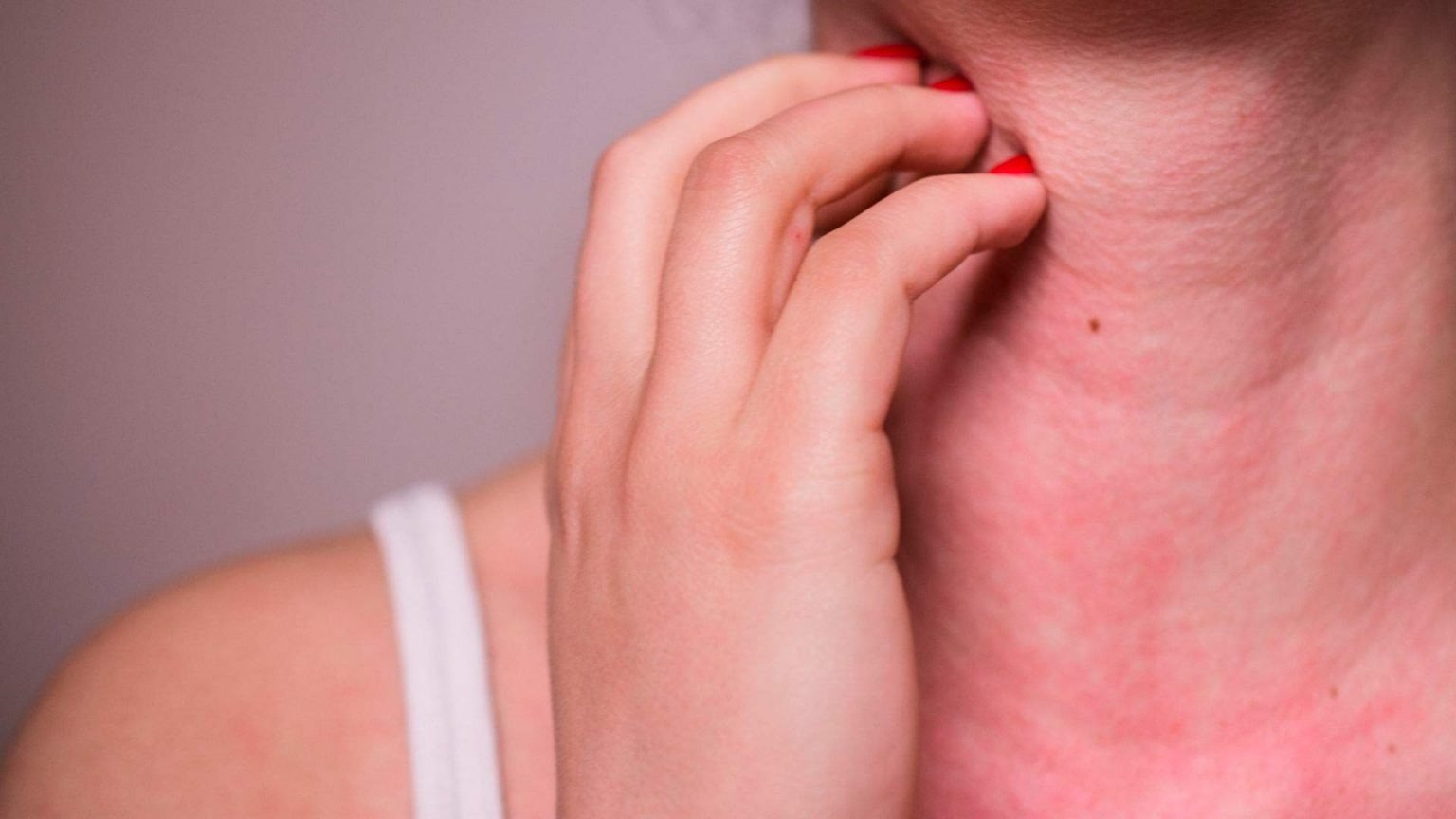With the arrival of spring, many people begin to experience allergy symptoms, which are mainly caused by pollen from trees, grass, and grasses. Rhinitis and conjunctivitis are the most common conditions, but there are as many symptoms as there are causes of allergies.
Ricardo Zwiener, a doctor specializing in allergy and clinical immunology and director of the Drug Anaphylaxis Committee of the Argentine Association of Allergy and Immunology, was interviewed Now Eldia on this topic.
“Allergy is a very common condition and although it is usually associated with spring, it is a condition that exists all year round. So much so that it affects 30% of the population and it is expected that by 2050, half of the world’s population will Allergy symptoms,” he said.
“The immune system plays a fundamental role in protecting us from the damage that viruses, fungi, bacteria, parasites can cause, but many times the immune system makes mistakes and behaves disproportionately, attacking different harmless substances, such as mites, the environment Fungi, dogs “but also cat hair and pollen,” explains the Entre Rios native from Gararza.
“This is where seasonal allergies or spring allergies are important. As pollination begins and pollen begins to be released, it is commonly believed that it is the pollen from the flowers that causes the allergies, but this is not the case and is a popular myth. Basically, They are pollen from trees, grasses and grasses. All of these affect the nasal mucosa and a variety of symptoms begin: the nose itches, becomes clogged, sneezes, has a runny nose, the eyes begin to sting, the crying begins, which is Called allergic rhinoconjunctivitis, etc.
In addition, “Asthma patients may experience cough, shortness of breath, fatigue and bronchospasm. There may also be skin symptoms. But generally it produces rhinitis and conjunctivitis, which are the most common.” Experts explained.
In this sense, Zwiener recalls, allergy is a chronic, systemic disease that can damage multiple organs. He further said: “This is not a disease that can be cured. It can be controlled. Sometimes there are symptoms and sometimes there are no symptoms. For example, people who are allergic to pollen will have symptoms in the spring.”
The specialist knew Gualeguaychu so well that he visited the diagnostic and treatment center once a month. Regarding the specificity of the city, he said, “The increase in allergies in Gualeguaychu occurs in the fall and winter, when allergies to mites and restrictions-related allergies (such as viruses or pet hair) are dominant. However, Apparently there are a lot of allergies in the spring, too.” The area’s humidity is another factor that makes the city an ideal place for allergies of all kinds to thrive.
Finally, doctors addressed issues such as self-medication, genetic load, and the impact of global warming on our health. “In general, Argentines tend to self-medicate and buy it in pharmacies without seeing a doctor. In general, the most common one is loratadine. But over time, this effect disappears and the disease will continue to get worse,” which is why “it’s important to consult a professional.” Who has several options: clinical analysis, laboratory analysis or allergy testing, etc.
Allergy is a multifactorial disease, and genetic load is one of the factors: “If your father is allergic, you have a 30% chance of being allergic, and if your mother is allergic, there is a 40% chance. If both, 80%. But the reality is that allergies can occur without any type of medical history, and this accounts for 10% of the total,” explained the man from the province of Entre Rios.
“This genetic load interacts with the environment, so a person who has his father’s genes and has never had allergies, suddenly something happens in his life and he suffers some type of stress and the gene is awakened. This The same goes for people who are allergic to certain medications. It’s a very dynamic thing and no one is immune,” he clarified. Regarding climate factors, he said: “In recent years, it has begun to be regarded as an epidemic. The last World Allergy Day highlighted climate change because the two are directly related. As global temperatures rise, pollination advances, so 8 Patients who started experiencing symptoms in July are now experiencing symptoms in July, which makes allergies last longer.” In addition, “pollen is more likely to cause allergies due to environmental pollution.”

